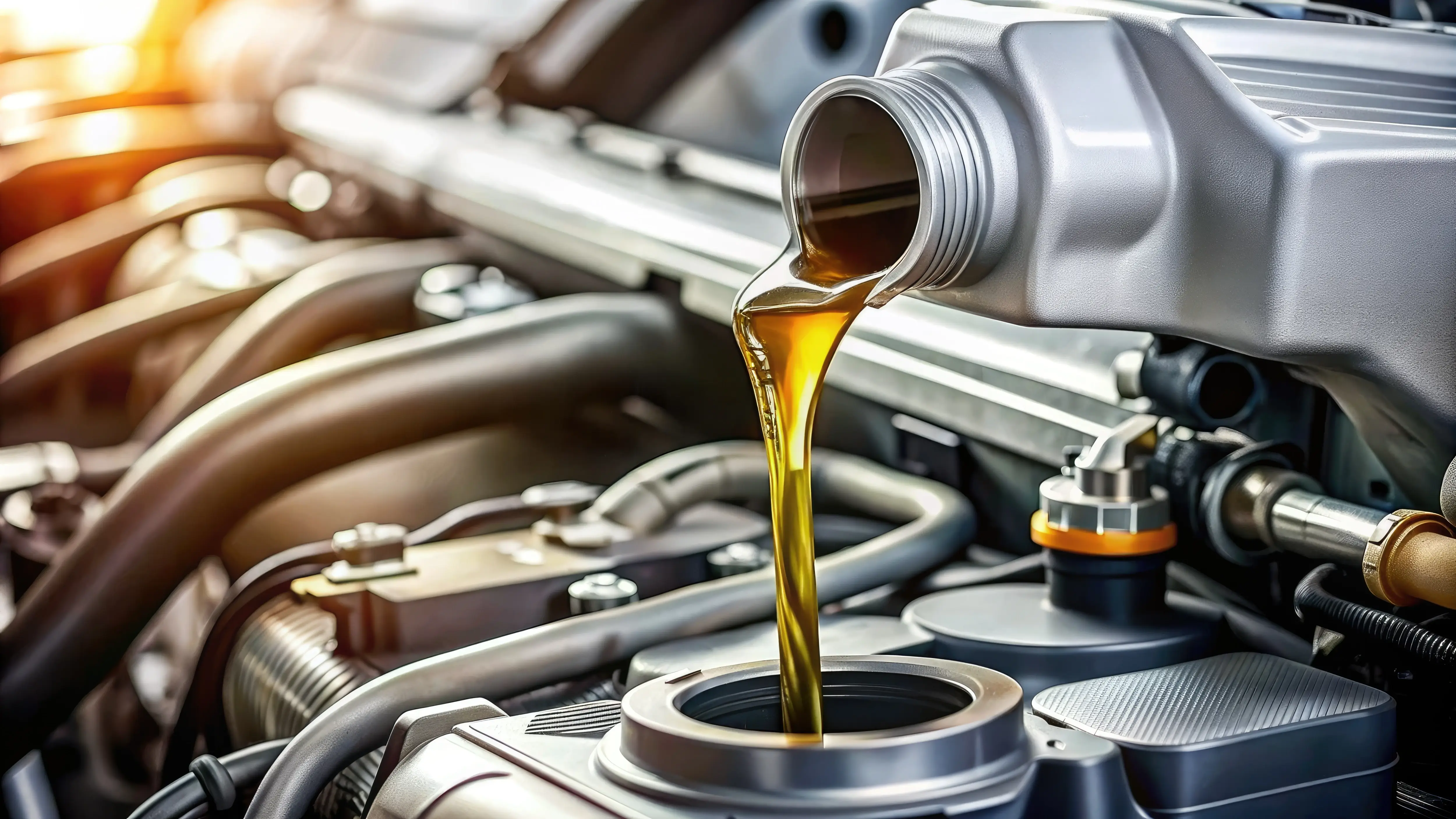Sometimes, mistakes happen. You might put the wrong fluid in your car. What if you put transmission fluid in the engine oil? This can be a problem. Let’s explore what happens next.
Understanding Transmission Fluid and Engine Oil
First, let’s understand these fluids. Transmission fluid helps the gearbox. It keeps things smooth. Engine oil, however, helps the engine. It reduces friction and keeps the engine cool.
| Fluid | Purpose |
|---|---|
| Transmission Fluid | Lubricates and cools the gearbox |
| Engine Oil | Lubricates and cools the engine |
Both fluids are important. But, they serve different parts. Mixing them is not ideal.

Credit: www.valvolineglobal.com
What Happens When They Mix?
Mixing transmission fluid with engine oil can harm the engine. Here’s what may occur:
1. Engine Performance Issues
Engine performance might drop. The wrong fluid affects lubrication. Less lubrication means more friction. This can make the engine work harder.
2. Increased Engine Wear
When lubrication fails, engine parts rub more. This causes wear and tear. The engine might wear out faster. You might need costly repairs.
3. Overheating Problems
Engine oil helps keep the engine cool. Transmission fluid does not cool the engine well. Overheating might occur. An overheated engine is never good.
4. Sludge Formation
Transmission fluid can create sludge in the engine. Sludge clogs parts. It blocks oil flow. This can damage the engine over time.
5. Possible Engine Damage
If the problem is not fixed, severe damage can occur. Engine parts might get damaged. This might lead to engine failure. Fixing it can be very expensive.
How to Fix the Mistake?
If you realize the mistake early, act fast. Here’s what you can do:
1. Do Not Start The Engine
If you haven’t started the engine, do not start it. This prevents further mixing of fluids.
2. Drain The Oil
Drain the oil as soon as possible. Remove the mixed fluid. This helps prevent further damage.
3. Replace The Oil Filter
Change the oil filter. It might contain the wrong fluid. A new filter ensures clean oil flow.
4. Refill With The Correct Oil
After draining, refill the engine with the correct oil. Follow the car manual for guidance.
5. Consult A Mechanic
It is wise to consult a mechanic. They can check for any damage. Professional help is always good.
Preventing Future Mistakes
Prevention is better than cure. Here’s how to avoid such mistakes:
1. Label Your Fluids
Label your oil and transmission fluid containers. This helps you identify them easily.
2. Double-check Before Pouring
Always double-check the fluid before pouring. Read the label carefully.
3. Educate Yourself
Learn about your car’s fluids. Understanding their use helps avoid mistakes.
4. Follow The Manual
Your car manual is your best friend. Follow its instructions for fluid maintenance.
5. Regular Maintenance
Regular check-ups ensure your car runs smoothly. Visit a mechanic for regular service.

Credit: www.gulfoilltd.com
Frequently Asked Questions
What Does Transmission Fluid Do To Engine Oil?
Transmission fluid can dilute engine oil. This reduces lubrication. Engine damage may occur.
Can Mixing Fluids Harm My Car Engine?
Yes, mixing fluids can harm your engine. It affects performance. Immediate action is needed.
How Do I Know If Fluids Are Mixed?
Look for signs like smoke, noise, or leaks. Check oil color. Seek professional help.
What Steps Should I Take If Fluids Are Mixed?
Drain and replace fluids immediately. Consult a mechanic. Prevent further damage to your engine.
Is It Safe To Drive With Mixed Fluids?
No, it is not safe. Driving can cause serious engine damage. Address the issue quickly.
Conclusion
Mixing transmission fluid with engine oil is a mistake. It can cause many problems. Engine performance might drop. Overheating and damage can occur. Fix the problem quickly. Drain the mixed fluid. Replace it with the correct oil. Consult a mechanic if needed. Avoid future mistakes with careful attention. Follow the car manual. Keep your vehicle in good shape. Your car will thank you.

